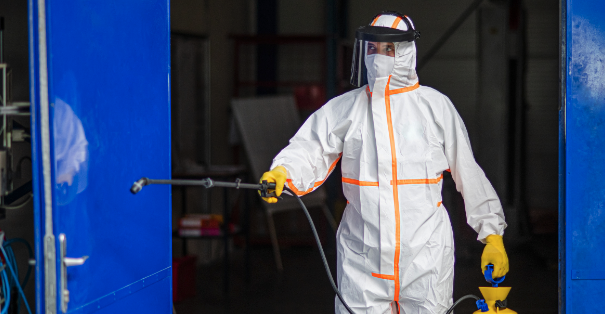
Ladder Inspection Requirements: What You Need to Know
Using ladders on a regular basis poses an increased risk of serious injury to your workers. You can drastically reduce the chances of workplace injury by following OSHA-mandated ladder inspection checklists before using equipment.
.png)
Corrective vs. Preventive Actions: Understanding the Difference
To improve safety in the workplace, OSHA has established guidelines for conducting incident investigations. Looking into the root cause of injuries, illnesses, fatalities, or even close calls, allows employers and workers to identify hazards and develop a plan to improve worker health and safety.

Essential PPE for Staying Safe and Comfortable in Hot Work Environments
Personal protective equipment (PPE) is non-negotiable for workplace safety, but hot weather creates a challenging balance between protection and comfort. With new OSHA heat regulations on the horizon and advancing cooling technologies, there are more options than ever to keep workers safe and help you stay cool and focused on the job.
-1.png)
Essential Tips to Prevent Heat Illness in the Workplace
-1.png)
Recognizing Warning Signs of Heat Illness at Work
.png)
Are Your Favorite Restaurants Violating Safety Guidelines?
.png)
Comprehensive Guide: Identify Workplace Hazards (5 Steps)
.png)
Lockout Tagout Training: Essential Safety Program
Lockout and tagout devices are handy little tools that help workers performing service or maintenance on equipment or machinery protect themselves against potentially hazardous energy. Without lockouts and tagouts, employees are left vulnerable to injuries and even death caused by unexpected energization (or the release of stored energy).



